Penumbra: Black Plague
February 20, 2008 | 08:02
Companies: #frictional-games #indie #novint #paradox

Getting Technical
Aside from the physics, one of the things that always stood out to me about Penumbra in its previous incarnations was just how damn good it looked – especially considering that the bulk of it was put together by a two man team of indie developers.Black Plague is still very good looking though it seems to expand on the graphical fidelity of Overture only incrementally.
On the other hand, we’ve never done a graphical breakdown of Overture either – so we threw this little guide together. It’s by no means exhaustive, but it highlights what the most important options in the graphics menus are and should give you a rough guide of what to expect on your PC.
Texture Detail
Texture detail is always one of the most important settings in a game because it has the potential to control the look of every surface and character in the environment. It can make games change from Crysis-shaming gorgeousness to truly blur-worthy disgraces. Check out the different options for Black Plague below.The difference between High and Medium on this setting isn’t all that massive and, given that a lot of your time will be spent hiding like a little girl anyway, you could easily bear with dropping this down a notch if your PC was struggling.
However, the difference between the Medium and Low detail levels is much more noticeable, especially if you check out the larger images. Then the game looks even more terrifying than it should and the enthrallment offered by the game starts to suffer. Personally, we wouldn’t go below Medium if we could help it.
Post-Processing
Post-Processing is one of those awkward little names that could cover any number of small tweaks and changes in a game. Hooray for Frictional Games then for including tooltips on their graphics menu then, as it outlines just what this setting does.This screen, taken from one of the lamentably tacked-on segments near the end of the game, is a great example of what this option does. Post-Processing in Black Plague controls lighting, blurring and filtering of various types. Turning it off greatly eases the load on your PC, but greatly diminishes the look of the game.
Our advice is simple; turn it on and keep it on if your graphics card can handle it. The game uses clever blurring and lighting effects at several points and turning this setting off will automatically deprive you of some of the game’s best bits.
Shadows
Shadows play an important part in any stealth game and Black Plague is no different. Shadows are a crucial element of both the games overall look and the gameplay so, rather than limiting the options to On/Off, Frictional has expanded it by one.So, at either end of the images above we have Shadows On and Off. In the middle we have Static only. This setting is an important middle ground for anyone having performance problems as it turns off dynamic or moving shadows, but leaves on those which are static.
That means that even with most shadows off, you’ll still have a good idea of where to hide from enemies.
However, since the game is centred around physical interactions and realistic environments, dynamic shadows are a great addition to the game’s arsenal. Turn off dynamic shadows at your peril.

MSI MPG Velox 100R Chassis Review
October 14 2021 | 15:04

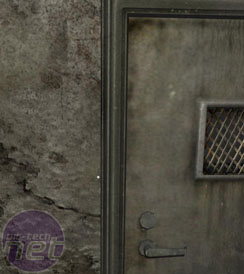
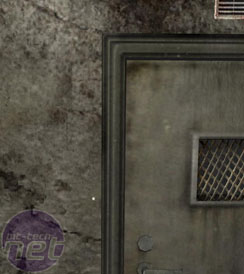
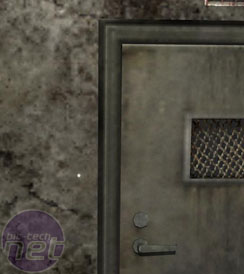
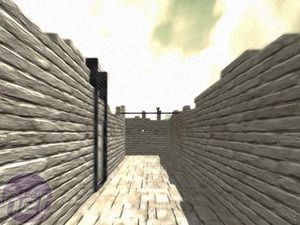
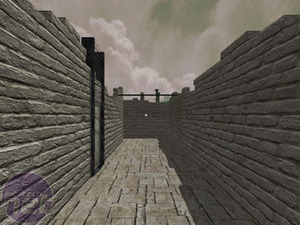
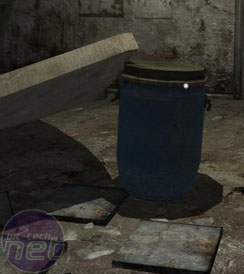
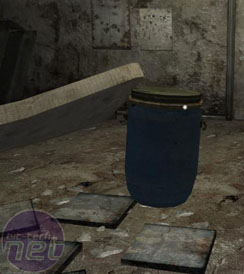
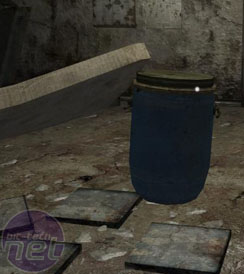








Want to comment? Please log in.